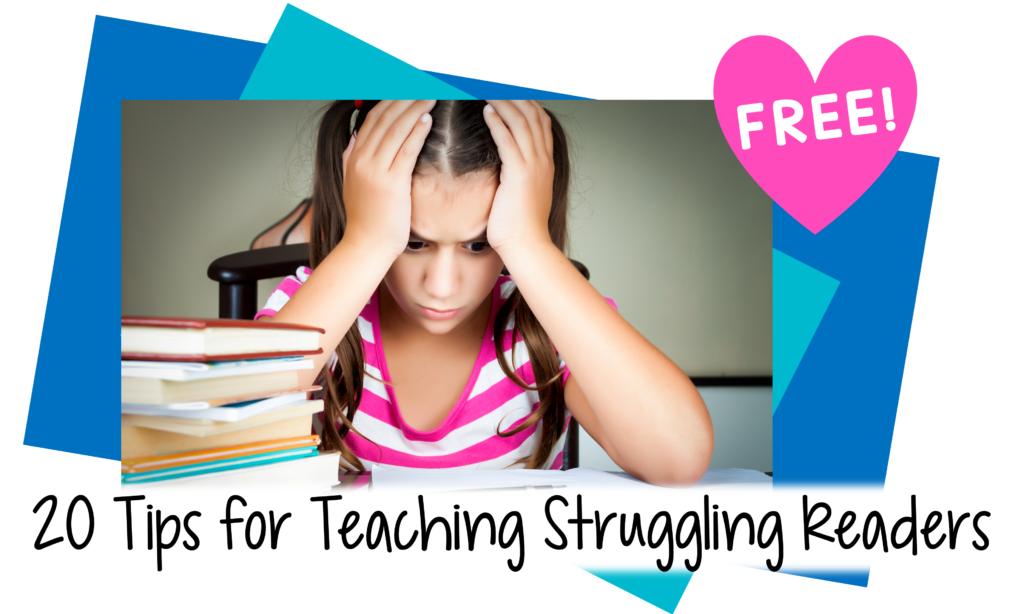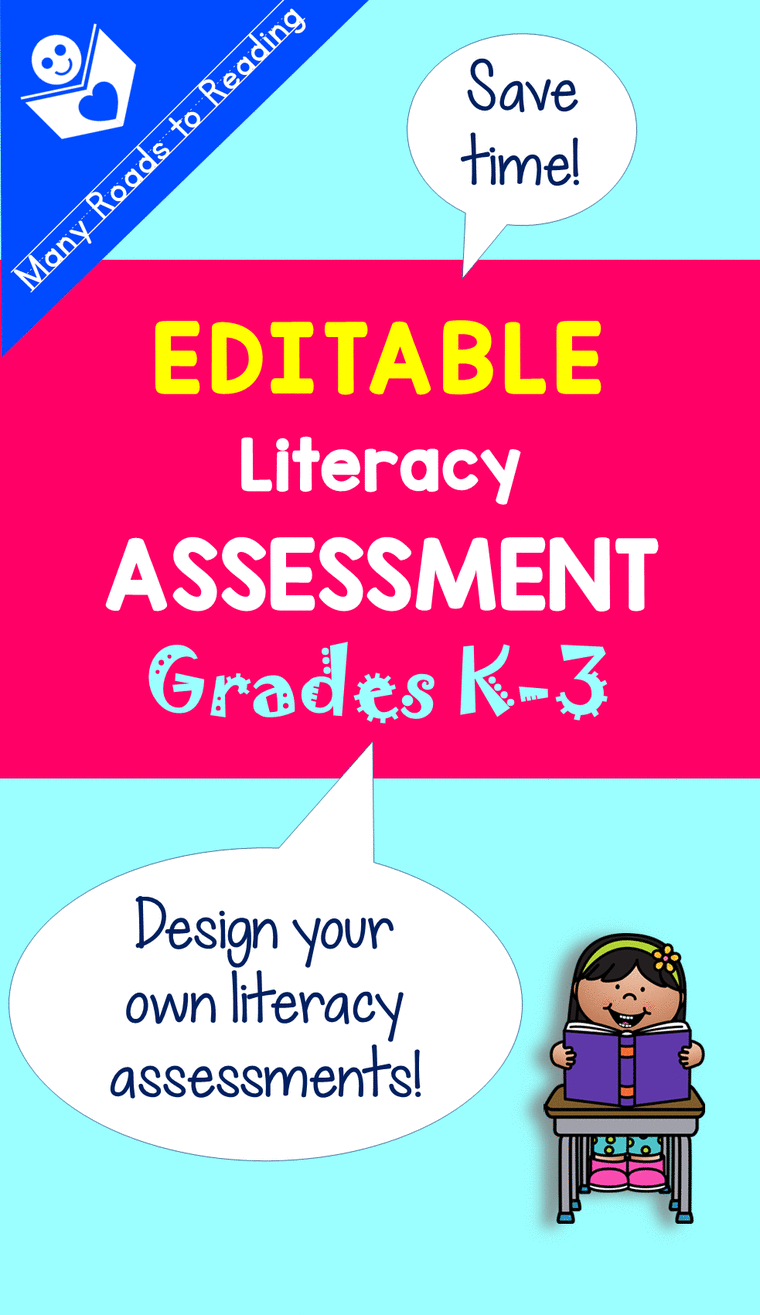Are you turning your attention going back to school? If so, you want to start with thinking about assessment–especially this year after so many students have been learning remotely because of COVID. This year it’s possible that your class will look very different from the way classes looked at the beginning of previous years.
Baseline Testing
When I was teaching 2nd grade classroom and 1st grade guided reading, my primary goal at the beginning of the year was getting to know my students–both personally and academically. Establishing a reading baseline informs your instruction–where to begin teaching, who needs extra help, who fits into what group, and what areas need further assessment. I know the urge to begin teaching right away, but spending a week or two with baseline testing will save you time and frustration in the long run.
Maybe you have screening tests that you have used in the past, but this year might be different. Are most students behind because of online learning? Or might there be larger discrepancies among youngsters in your class this year? You may want to include both easier and more challenging words in the tests you make up. If so, here’s just the solution to this problem.
Editable Assessment
Now might be a good time to try out the EDITABLE Reading Assessment K-3. With this fillable PDF, you can create your own tests by entering the words of your choice: Spelling, Dictation, High Frequency Words, and Phonetic Words. Design the assessment exactly the way you want it, and the words will automatically populate on the other forms. With the Letter Identification, Sound Identification, and Letter Formation tests you can use the universal tests with all the letters, or create tests with letters of your choice.
Screening or Diagnostic Tool
Use the results in different ways. You can set the assessments up in order to screen for who needs help in certain areas, or perhaps you want to use the tests diagnostically, to shed light on certain students’ strengths and weaknesses for the purpose of addressing their difficulties. Another approach is to start with words from the assessment you normally give, but add a few easier words to compensate for effects of remote learning.
The assessment kit also includes a running record form and reading level progress charts, but not the actual books for running record assessments.
Save Time
This editable assessment also enables you to save time when charting your students’ scores on the different subtests. Just enter your students’ names once, and they will be automatically transferred to the other charts.
- Class Assessment Summary
- Class Letter Summary
- Class High Frequency Words
- Class Phonetic Words
- Class Phonetic Analysis Chart
- Class Running Record Progress
Use the six charts to see the class results at a glance.
Benchmark Testing
And this resource isn’t limited to being used at the beginning of the year. Because it’s editable, you can fill, erase, and refill the elements of the assessment, to create benchmark assessments throughout the year–monthly, quarterly, or at whatever time unit you wish. Use part or all of the subtests to collect data for report cards or parent conferences. If you want to reuse the assessment, be sure to Save As your original beginning of the year (BOY) test. Then Save As again with new title, such as MOY (Middle of Year), and so forth.
Create your benchmark assessments based on what you have taught at that period. For example, if you introduced silent-e during the trimester, then mix in a few silent-e words with the closed syllable words for your phonics test. I also suggest that you use unfamiliar phonetic words, so that the children actually have to decode the words rather than just remember it as a sight word. But when you make up the high frequency word list, you will want to choose from the sight words you have taught your students that term.
Different Formats
The EDITABLE Reading Assessment K-3 is available alone, or bundled with the preset diagnostic assessment, if you don’t want to bother editing right now.
Or, if all this editable stuff seems like too much work for you, check out the pre-designed benchmark assessments for different parts of the year.
Or bundle the all-year benchmarks together.
However you decide to assess your student this year, I wish you the best with you new class. Kids often surprise us, and maybe they will do so again this year. Even if some of them start the year further behind than you anticipated, let’s hope they can catch up more quickly than you predicted they would.
I encourage you to try to be as flexible as you can this year. Last year was a trying time for most of us–children, parents, and teachers, and this year may bring some surprises as well. I hope that these resources can lighten your load in some ways.











Leave a Reply